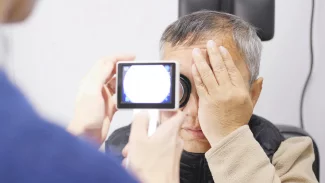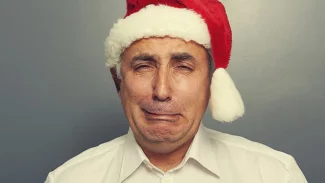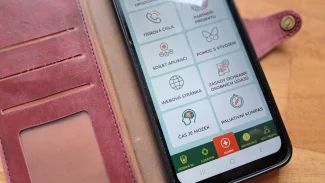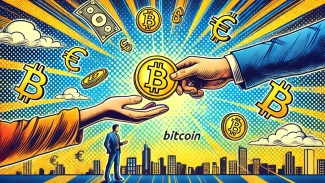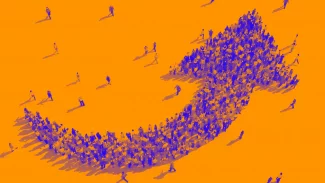Názory k článku Protikuřácká kampaň = moderní vúdú?
-
Článek je starý, nové názory již nelze přidávat.
-
Pepin (neregistrovaný)
Souhlasím s autorem. Protikuřácké kampaně jsou podle mého názoru jen propagace kouření. Ve skutečnosti kdyby všichni kuřáci přestali kouřit, tak by nastal celosvětový zmatek. Státní bankroty, přelidnění, 1/3 onkologů bez práce atd.. A co lékárenští giganti a léky proti závislosti na kouření. Ať chcete nebo ne, tak jediné o co jim nejde, je o zdraví kuřáků a o jejich menší úmrtnost. Politiku většiny zemí světa ovládají právě magnáti cigaretových firem. Reklama je většinou zábavná, lákavá, záhodno vyzkoušitelná. Takže kouř tu byl, je a bude a jako společnost bychom se neměli uchylovat k trestům pro lidi, kteří jen dělají to, co je společnost naučila.
-
NA (neregistrovaný)
Neodvážím se přímo tvrdit, že diskriminace má na onemocnění kuřáků větší vliv než samotné kouření. Zkuste však odhadnout o kolik by vzrostly nemoci z lakování nehtů, nošení vysokých podpadků, nebo třeba pití nebalené vody, pokud by byly tyto činosti vystaveny stejným podmínkám. Při nárustu žen lakujících si nehty a vlasy v zimě před domem u popelnic(šťastnějších na balkoně) by jistě došlo k prokázání chorob způsobených tímto zlozvykem.
-
Richard Gilik (neregistrovaný)
Nocebo efekt zabíjí nejen v případě šamanů. Např. jistému Samu Shoemanovi v 70. letech diagnostikovali rakovinu jater a sdělili mu, že mu zbývají jen měsíce života. Shoeman podle očekávání zemřel ve stanoveném čase. Pitva ale ukázala, že se lékaři zmýlili. Nádor byl nepatrný a nerozšířil se.
K Vaší žádost zde přetiskuju zde část stránky 14 z jisté odborné knihy:
THE NOCEBO EFFECT
Anthropologists have pointed out that belief can kill, as well as heal: that the placebo and nocebo effects are two sides of the same phenomenon (Hahn & Kleinman 1983). They have described many examples of the most extreme form of the nocebo effect, known as 'voodoo death' or 'hex death'. Although the exact physiological mechanism involved remains unknown (Lex 1977) a fuller understanding of the phenomenon depends on a knowledge of its context: of the beliefs, values, fears, anxieties and expectations of that community.In 'voodoo death', a respected figure or healer in the tribe puts a public curse on an unfortunate individual, sometimes by 'pointing the bone'. Shortly afterwards that individual dies, apparently of natural causes. It has been reported in parts of Latin America, Africa, the Pacific, the Caribbean and amongst Australian Aborigines. The French anthropologist Levi-Strauss (1967) has described the atmosphere in such a case:
Shortly thereafter sacred rites are held to dispatch him to the realm of shadows. First brutally torn from all his family and social ties and excluded from all functions and activities through which he experienced self-awareness, then banished by the same forces from the world of the living, the victim yields to the combined terror, the sudden total withdrawal of the multiple reference systems provided by the support of the group, and finally to the group's decisive reversal in proclaiming him—once a living man, with rights and obligations—dead and an object of fear, ritual and taboo.
In this case, a form of social death precedes actual biological death. For that reason, Landy (1977) terms it 'socio cultural death'. Usually 'social death' (the community's ritual farewell to one of its members, at the funeral) follows biological death, after a variable period of time (Hertz 1960). In this
-14-
Questia, a part of Gale, Cengage Learning. www.questia.com
Publication Information: Book Title: Understanding the Placebo Effect in Complementary Medicine: Theory, Practice, and Research. Contributors: David Peters - editor. Publisher: Churchill Livingstone. Place of Publication: Edinburgh. Publication Year: 2001. Page Number: 14.
Dále u nás najdete
Najdete na Vitalia.cz
- BMI kalkulačka
- Příznaky cukrovky
- Bolest zad
- Rýmovník
- BMI kalkulačka pro ženy
- Příznaky sklerózy
- Bolest břicha
- Kotvičník
- BMI kalkulačka pro muže
- Příznaky zápalu plic
- Bolest v krku
- Heřmánek
- Těhotenská kalkulačka
- Příznaky chřipky
- Bolest v podbřišku
- Rozmarýn
- Ovulační kalkulačka
- Příznaky angíny
- Bolest hlavy
- Jitrocel







